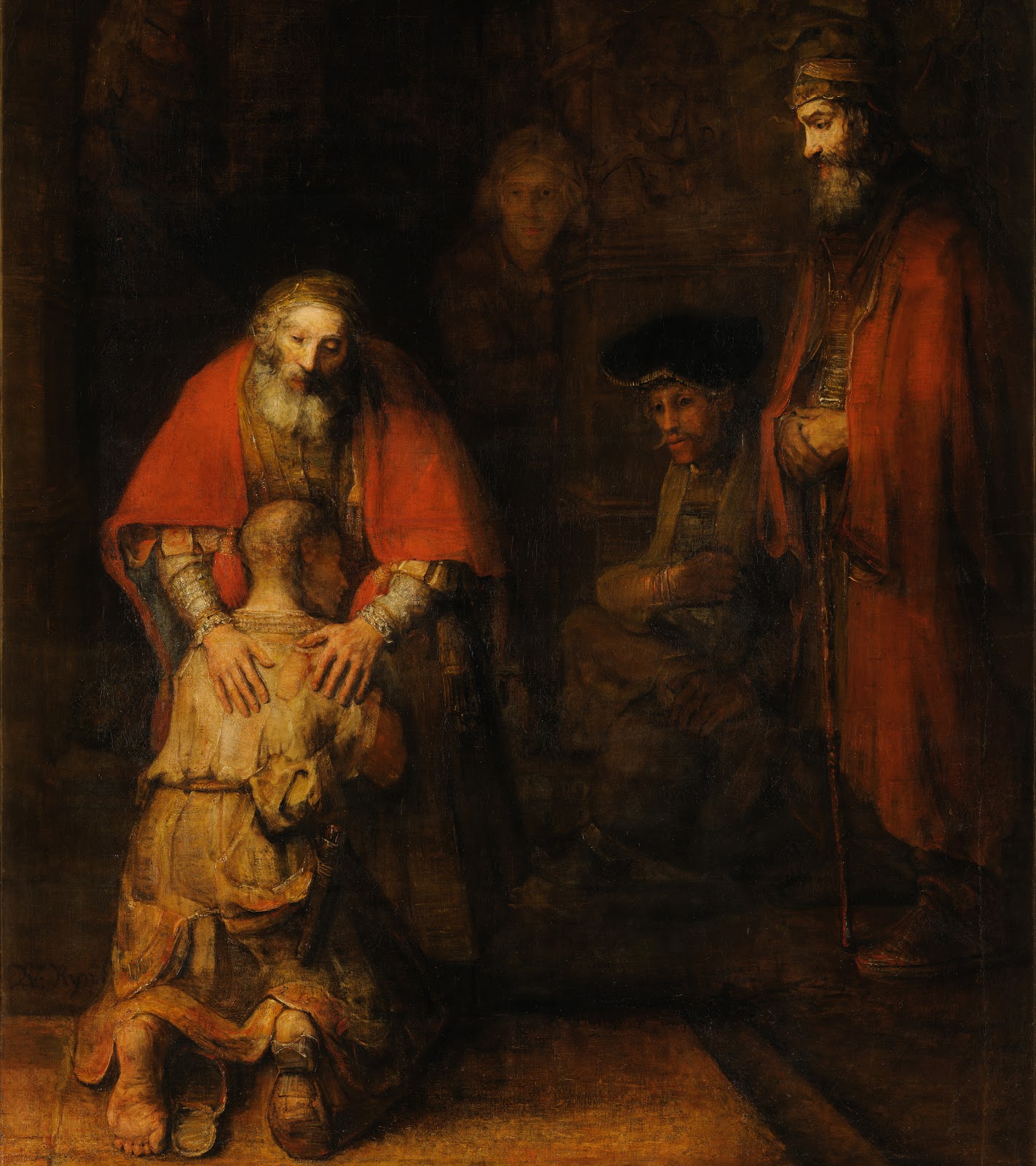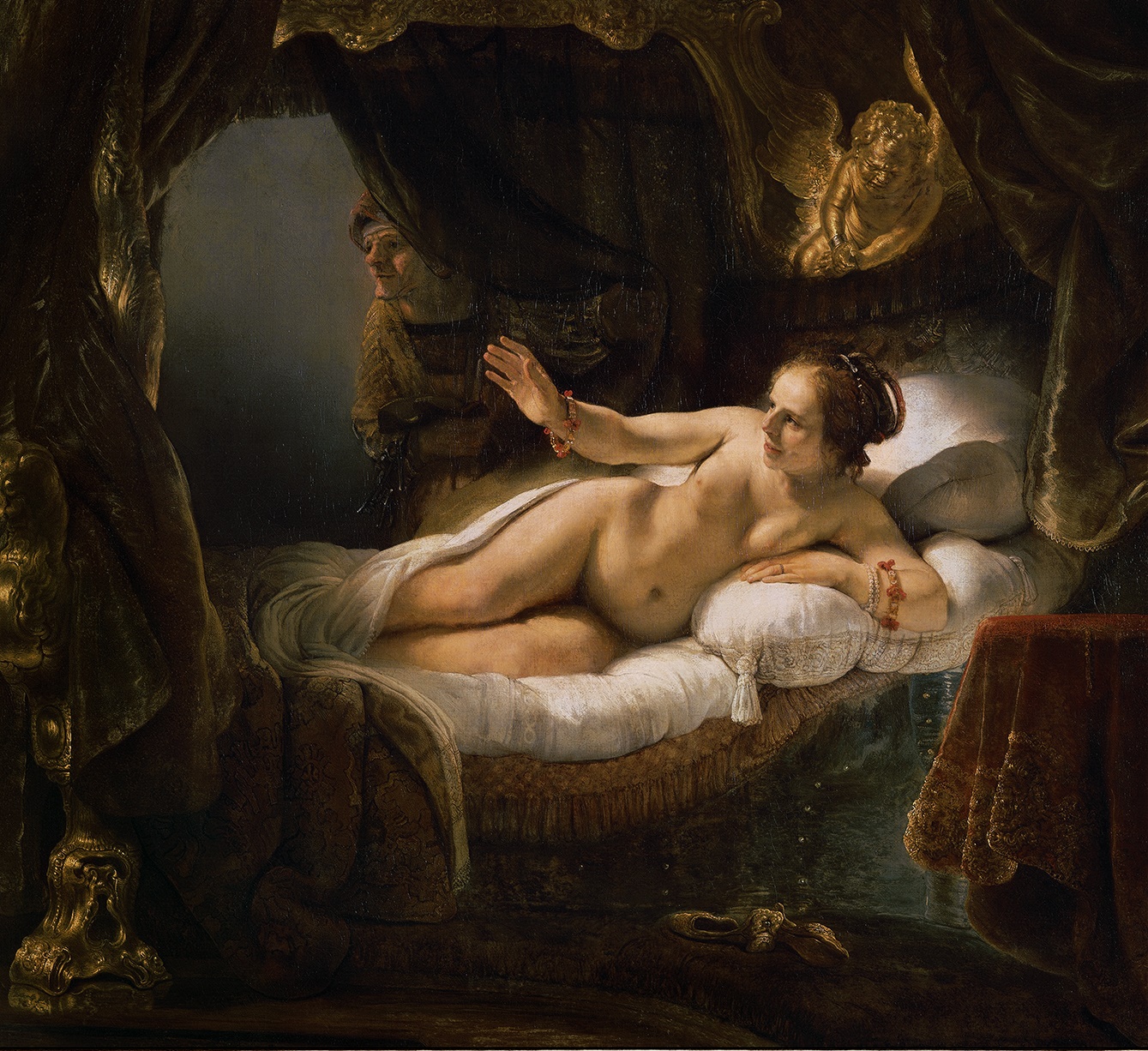Hebe is one of the most famous works of Antonio Canova (1757-1822), an outstanding Neoclassical sculptor of the late 18th - early 19th century.
According to ancient myth, Hebe was the daughter of Zeus and Hera and was the embodiment of youth.
As serving-maid to the gods on Mount Olympus, she was responsible for bringing round cups of nectar, the drink of eternal youth and immortality, during feasts.
Canova depicted the goddess flitting swiftly and easily across the clouds, hardly touching them with the toes of her bare feet.
Antonio Canova (1757-1822) | Hebe, 1800-1805 | Hermitage Museum, St. Petersburg




